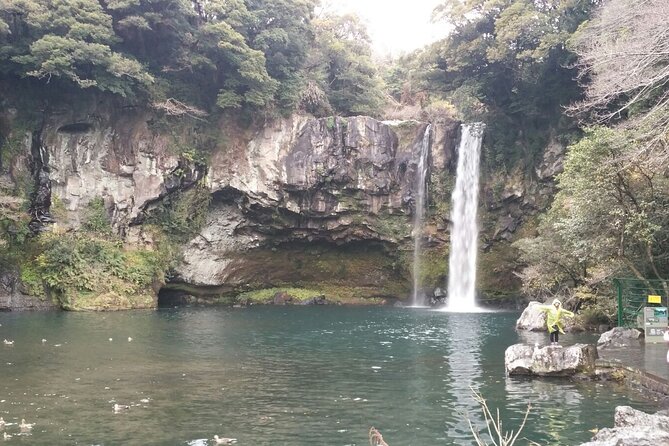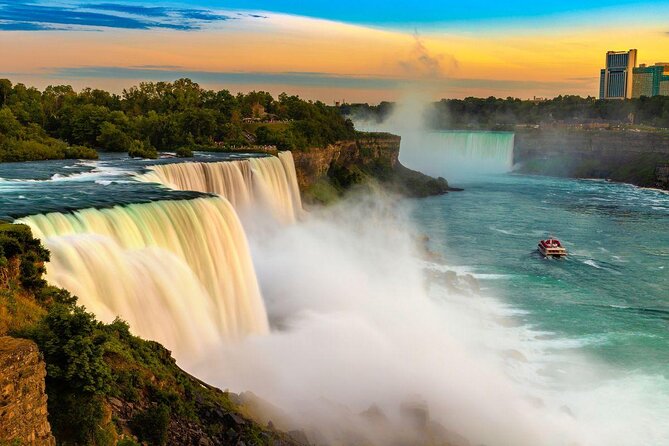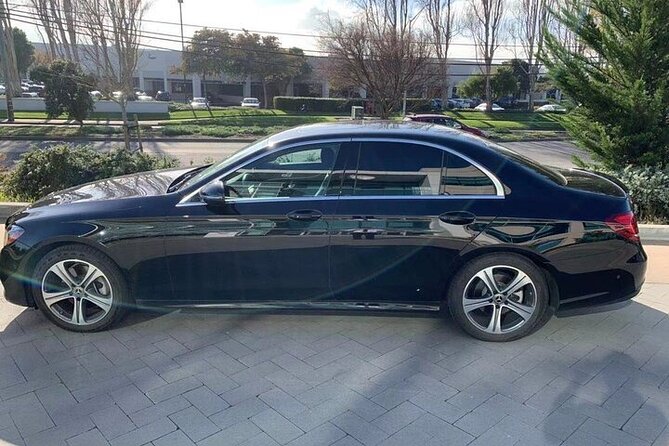Does the Sun rotate?
The Sun is by far the largest object in our solar system. And as the center of it, most objects revolve around the Sun. This means that all of the planets, including our planet Earth, revolve slowly around the Sun. It’s also thought that the planets spin because of the gravitational pull of the Sun too, though this isn’t quite right.
Whilst the planets ORBIT the Sun because of its gravitational pull – they’re moving away from the Sun, whilst the Sun is pulling them closer, leaving them in a continuous orbit of it – this isn’t the reason why the spin or rotate. But what about the Sun? Does that rotate and spin like the other planets, or does it stay in one place with no movement? That’s what I’m going to look at now.
Does the Sun rotate?
The answer is that yes, the Sun does rotate, just like the majority of other objects in our solar system. On average, it takes the Sun 27 days for it to complete one full rotation on its axis.
However, just like the gas planets Jupiter and Saturn, the Sun actually rotates at a different rate at its equator than it does as its poles. So, at the North and South poles of the Sun, it takes an average of 35 days for one full rotation. But, at the center (equator) of the Sun, it takes only 24 days for it to complete a rotation.
This is because the Sun is made of gas like the Jovian planets, so it doesn’t have a solid form. We refer to this as differential rotation, and actually the Sun is often broken down into more segments than this, as it gradually rotates at a faster rate the closer you are to its center.
Now obviously if we compare this to the Earth, then the speed of rotation is quite slow – it takes our planet 24 hours to rotate, which is what we call a day. But if we do compare it to Jupiter, the largest of the planets, it’s actually extremely slow – Jupiter completes a full rotation in less than 10 hours, meaning that even at its center, it takes the Sun more than 50x the amount of time it takes Jupiter to rotate.
This really puts the sheer size of the Sun into perspective, as typically all of the gas planets rotate at a faster rate than the terrestrial planets. If you want to check out some more cool facts about the Sun, go here.
Why does the Sun rotate?
It’s not the easiest thing to explain, but the reason the Sun rotates like everything else is down to something called The Law of Conservation of Angular Momentum. Angular momentum is not only what causes the Sun to rotate, but it’s what causes pretty much anything to spin or rotate in one direction – from fidget spinners to planets.
Now when the Sun was originally formed, it was created with a small amount of angular momentum. The Sun was made from a cloud of gas, and when this gas collapsed within itself, this lead to creating a momentum that spun faster and faster to maintain the angular momentum. Because this stays at the same pace, we refer to its as conserved, meaning that the pace of its rotation stays the same.
So, the cloud that formed the Sun had angular momentum, and therefore the Sun does too – hence why it rotates. However, it’s still not known what caused the angular momentum of the original gas cloud in the first place.
The Sum Up
So, we know that like most other objects, the Sun also rotates on its axis – although it’s at a much greater scale than the planets, and different sections of the Sun rotate at a different pace around the Sun. The truth is though that whilst we know why the Sun rotates, the Sun doesn’t orbit anything like our planets, which is where people often get confused.




